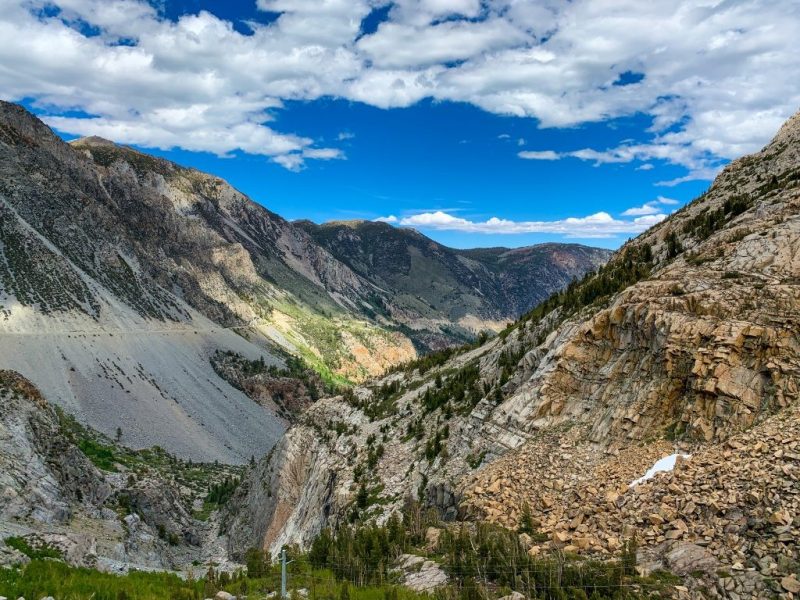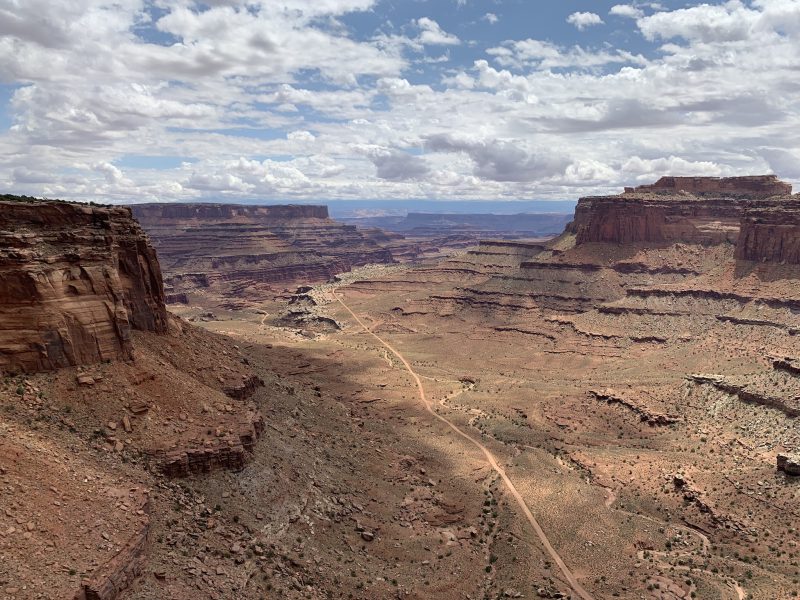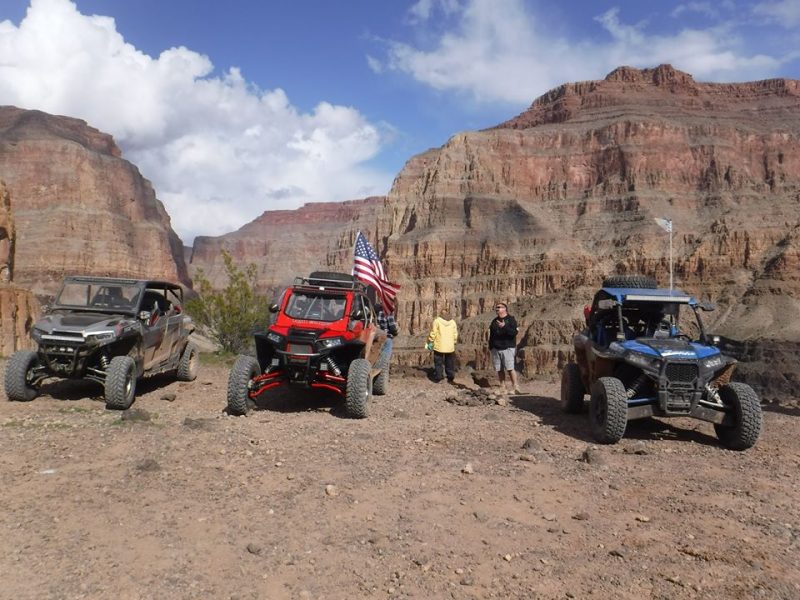Know the Trail Riding Rules:
It is time to talk about this again. Seems like only half the people I see on the trails want to let me know how many people they are riding with. Sure there are a lot of very friendly riders flashing me the “peace” sign or just waving hello. This seems to be in response of my signaling them how many riders are behind me in our group, whether it be one or 20. I just shake my head and keep my eyes open for anyone else following behind them.
There are a lot of ideas included in the concept of Trail Etiquette, but the most important single thing is courtesy. If you’re courteous to the other riders on the trail, you’ll be following the most common rules of Trail Etiquette. The only real addition to that is to include hand signals to inform others on the trail if there’s anyone behind you. This can be incredibly important in dusty conditions or other limited visibility situations.
Hand signals will tell the people you meet on the trail how many are in your group. The first rider in the group is responsible for sending the first signal to the on coming riders, or hikers, horsemen etc. The hand signal is accomplished by holding up the number of fingers representing the number of machines in the group. All members of the group should participate in sending the hand signals indicating the number of machines to follow. The message is completed by the last rider who indicates that they are the last rider by holding up a closed fist indicating that there will be no riders to follow. So the next time you’re on the trail, inform your group how to use hand signals and see that they do.
I have compiled a list of guidelines to create a courteous atmosphere when riding. These guidelines may help preserve the peace with others that would like to limit our off road activities.
- Be considerate of others on the trail and keep to the right.
- Yield the right of way to other non-motorized recreationists. Realize that people judge all off-roaders by your actions.
- Slow down and use caution when approaching or overtaking another vehicle and make your presence well known in advance.
- Maintain control of your speed at all times and approach turns in anticipation of someone around the bend.
- Stay on designated trails to avoid trampling native vegetation and minimize erosion to trails by not using muddy trails or short-cutting switchbacks.
- Do not disturb wildlife or livestock.
- Do not litter. Pack out what you pack in, and pack out more than your share whenever possible.
- Respect public and private property, including trail use signs, no trespassing signs, and leave gates as I have found them.
- Be self-sufficient and choose your destination and travel speed based on your ability, equipment, the terrain, and the present and potential weather conditions.
- Do not travel solo when riding in remote areas. Leave word of your destination and when you plan to return.
Some additional Group Ride concepts:
- Follow all instructions of the lead rider when on group rides.
- Do not ride ahead of the lead rider without his/her permission.
- Do not fall behind the designated drag rider (last rider).
- Do not separate yourself from the other riders.
- Maintain at least 30’ between your vehicle and the one in front of you. Increase distance when approaching hills or obstacles.
- Don’t stop at the top of a hill or on a narrow section of trail if there are riders behind you. If you must stop, keep moving until there is a wide spot to get completely off the trail, so other riders can safely pass.
- Notify riders behind you of any trail hazards you observe, such as holes in the trail, wire, branches, etc.
- Do not hold on to branches when you go through trees or bushes.
- Don’t ride off from a stopping point until all riders are mounted and ready to move on.
- If you have a slow vehicle, or you are having problems with your vehicle, ride to the rear of the group, in front of the drag rider.
- If you must leave the main group, notify the trail boss or the drag rider.
- Do not leave paper, cans or trash on the trails or at lunch sites.
Ride safe and keep the rubber side down….ED
Eric Durkee
After reading some of the responses I realized an IMPORTANT thing was missing: Thanks Dave Edmiston
Other points to add to the list:
Always count the number of riders in your group (whether you’re the leader or not). Assume that your leader forgot to count or can’t remember the number. After you count, say the number aloud to someone near you so they can double-check. It really sucks to miscount, because you don’t know if you’re just an idiot who can’t count or if you really lost someone.
When the group stops, count heads and verify you have everyone.
Stop at every fork in the trail to ensure that the riders behind you know which way to go.
You are responsible for the rider behind you. If the rider behind you gets lost, it’s your fault.
If you get separated from your group, stop and wait for the riders ahead of you to double back and find you.
If the rider behind you is lagging or having trouble, slow down (or stop) so you can still see him/her. The rider in front of you will do the same until the group adjusts its pace accordingly.
Don’t ride with anyone who takes his helmet and gloves off at every stop and takes forever to put them back on, because that guy is a tool and he’ll be the one who gets your group into trouble, guaranteed.




2 comments
Awesome write up!
Great info I highjacked your thread to make a link to this page so others could be informed too!